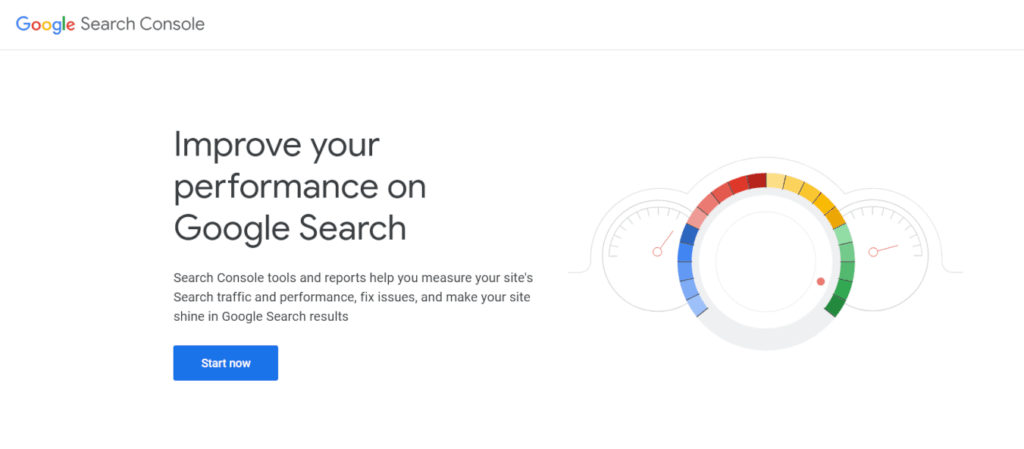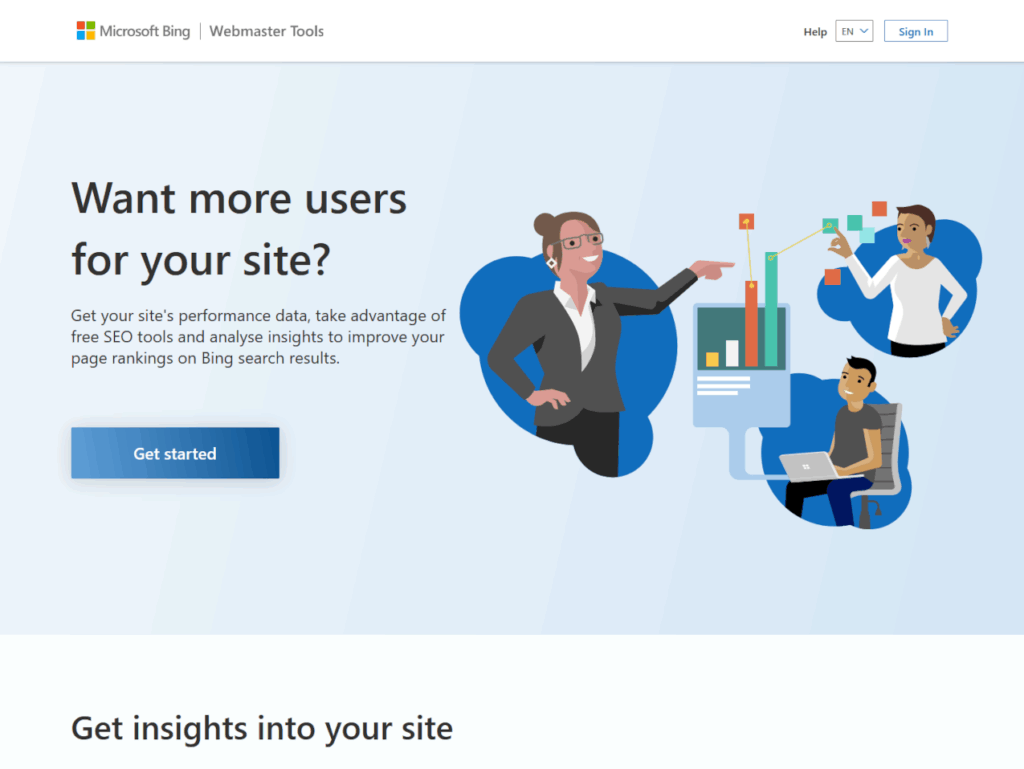Getting your website noticed by search engines is essential for improving your online visibility. If you want people to find your content, whether it’s service offerings or blog tips, submitting your website to search engines like Google, Bing, and Yahoo is a crucial first step.
In this article, we’ll guide you through the website submission process in a straightforward, easy-to-understand way, without the jargon. Whether you’re a webmaster, a techie, or someone just starting, you’ll learn why submitting your site matters and how to do it effectively.
- Why Submitting Your Website is Important
- How to Submit Your Website to Search Engines
- Creating & Submitting a Sitemap
- The Role of SEO
- Free Submission Websites
- What Happens After Submission?
Why Submitting Your Website is Important
Search engines index websites to provide users with relevant results when they search for something online. However, they don’t always automatically discover every new site made. Submitting your website ensures that search engines are aware of it and can include it in their results. This helps increase your website’s chances of ranking higher when users search for topics related to your services or blog content.
How to Submit Your Website to Search Engines
Each search engine has its own submission process. Fortunately, submitting to the most popular search engines is fairly simple. The best way to submit your website to top search engines is manually submitting on each site.
The best way to submit your website to Google is through the Google Search Console web tool. You can add your website’s URL and after verification (either through adding an HTML code, uploading a file, or creating DNS records) submit individual URLs or a complete sitemap, which makes it easier for Google to crawl and index all of your site’s content. Google will automatically find your pages over time, but submitting a sitemap speeds up the process.

Bing
For Bing, you can submit your site via Bing Webmaster Tools utility. Similar like Google, you’ll add your website, verify then submit individual URLs or your site’s sitemap. Bing also provides insights and recommendations to help manage your site’s performance and improve it over time.

Yahoo
Yahoo’s search uses Bing’s search engine backend, so submitting to Bing will automatically cover Yahoo as well.
Creating and Submitting a Sitemap
A sitemap is a file that lists all the important pages of your website. It’s essentially a roadmap for search engines to get to know your site better for more effective crawling and indexing.
Most modern websites (especially those built on CMS platforms like WordPress) can automatically generate a sitemap, but you can also create one manually if needed.
You can also utilize a tool like XML-Sitemaps.com, which helps create it by scanning your websites then generating a downloadable sitemap archive ready to use. Their free plan offers up to 500 pages.
You’ll also want to submit your sitemap to Google and Bing within your webmaster dashboard. This helps ensure that all of your content—whether it’s your products or services pages or travel or content blog—gets noticed and indexed properly. You only need to submit once and search engines will automatically re-crawl them on an automatic interval, but you can also re-submit upon major site structure or content changes.
The Role of SEO
While submitting your website is a great first step, optimizing your site for search engines (called Search Engine Optimization, or SEO for short) is equally important. This involves strategies like:
- Using relevant keywords specific to your content
- Creating helpful, quality content
- Optimizing your images through proper compression, best file type and sizing, and including alt text for accessibility
- Ensuring your website is mobile-friendly and responsive
SEO is an ongoing process that helps ensure your website is found by the right audience. Feel free to review our articles on On Page SEO or Off Page SEO Techniques for additional tips to maximize that reach.
Free Submission Websites
You can also utilize a submission service. These tools handle the submissions to top search engines for you. When researching one, be sure to check user reviews and be wary of charges or potential non-submissions.
Some options include Entireweb, or Ping-o-Matic which updates engines and feeds that your site is updated.
Another option is Bing’s IndexNow. These submission services can be a good choice for quick submitting of your sites, blogs, or social media pages to search engines.
What Happens After Submission?
Once you submit your website and sitemap, search engines will begin crawling and indexing your content. Keep in mind that this process can take some time, so don’t expect immediate results. It’s important to regularly check search engine tools like Google Search Console or Bing Webmaster Tools for updates on how your site is performing and any errors or issues that may be found or newly arise.
Submitting your website to search engines is a key step in making sure your content reaches its intended audience. By taking the time to properly submit your site’s link, you’re ensuring that search engines can find and index your pages, giving you the visibility you need. Combine this with ongoing search engine optimization for maximum reach to your targeted readers and customers!


Leave a Reply